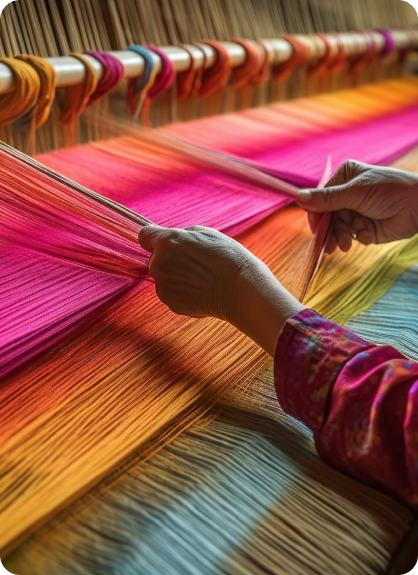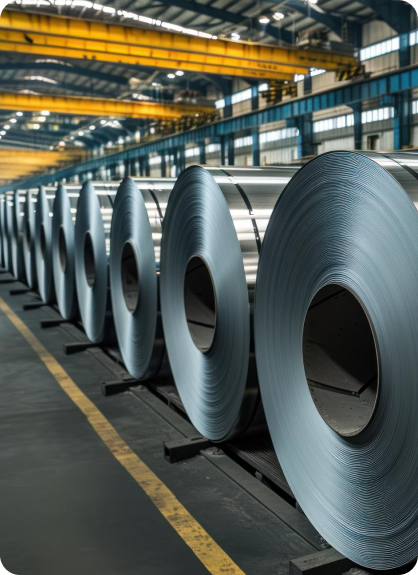
Total merchandise exports in FY 2023-24

8th most attractive state for FDI inflows with a total inflow of $2 Bn from October 2019 to September 2024, which is 1.02% of India's total

Of India's coal deposits, and 25% of copper deposits are in Jharkhand. Additionally, Uranium, Mica, Bauxite, Granite, Gold, Silver, Graphite, Magnetite, Dolomite, Fireclay, Quartz, Feldspar, and Iron, are also available
State Potential
Climatic Advantage
Jharkhand experiences a predominantly tropical climate, characterised by an annual average rainfall of around 900 mm. The state has three different seasons. The period from March to mid-June experiences elevated temperatures. In May, the lowest temperatures range from 20 to 25 degrees Celsius, while the daily highs reach around 37 degrees Celsius. The most pleasurable period of the year occurs during the frigid climate season, spanning from November to February. The minimum temperature ranges from 10 to 24 degrees Celsius. The period from July to September experiences the highest level of precipitation. It is responsible for almost 90% of the state’s overall precipitation.
Jharkhand, like other regions in India, grapples with the consequences of El Niño on its agricultural landscape. The state’s vulnerability to insufficient rainfall necessitates strategic measures to safeguard its agricultural sector and ensure food security for its residents.
As per ISFR 2021, 29.76% of the state’s geographical area is covered by forest, which comes out to be approximately a total forest area of 12,282 sq. km."

Latest Policies & Schemes
Major Investors
Focus Sectors of the State
01
Textiles & Apparel

India’s textile sector, backed by government initiatives and a skilled workforce, offers a $350 Bn market with global export reach.
02
Food Processing

Invest in India's thriving food processing sector, driven by government initiatives, substantial FDI, and technological advancements, ensuring sustainable growth and profitability
03
Metals & Mining

India's metals and mining sector, rich in resources, drives industrial growth, offers investment opportunities, and supports sustainable development
Resources to Set-up Business in India
FDI Policy (Consolidated)
Aimed to capture and keep pace with the regulatory changes, effected in the interregnum
pdf

















